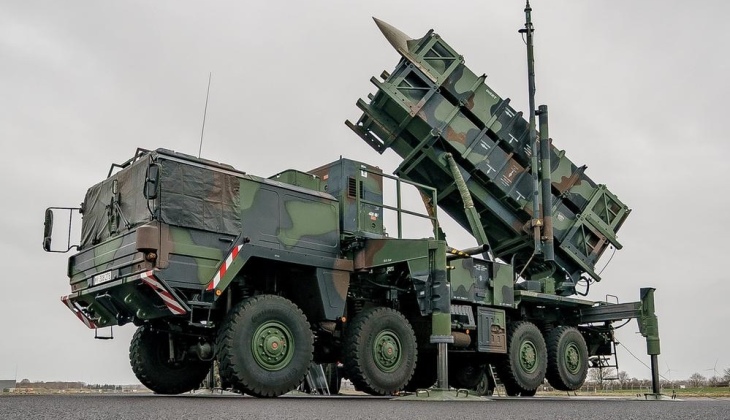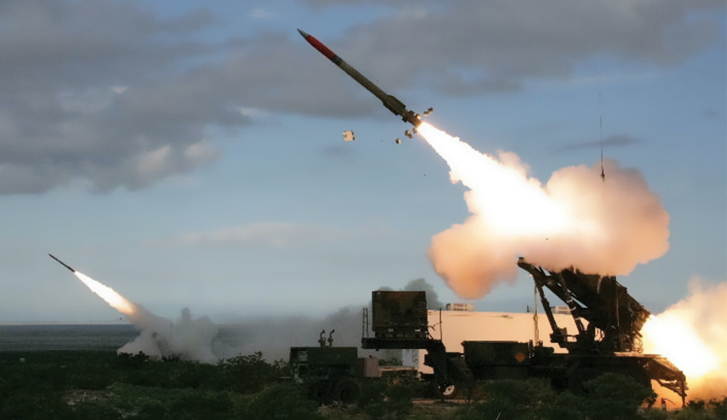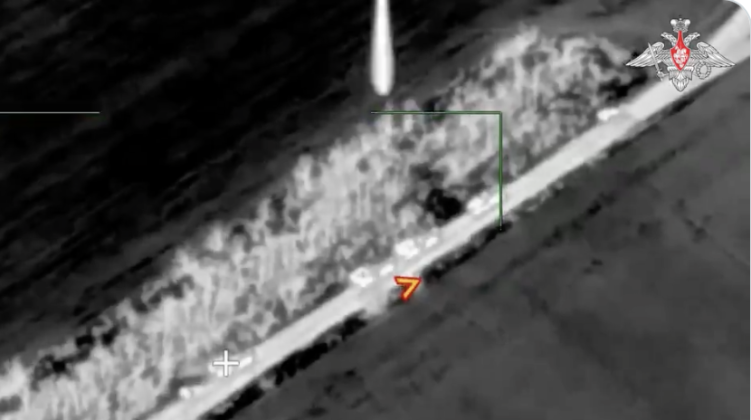News
Ukrainain General Warns Patriot Air Defences Are No Longer Effective Against Russian Strikes
Former Deputy Chief of General Staff of the Ukrainian Armed Forces General Igor Romanenko has warned that American MIM-104 Patriot long range air defence systems being supplied to the country by NATO members can no longer provide an effective defence against Russian attacks. The effectiveness of these systems has “fallen from 42% to 6%” recently he stated, attributing this to software upgrades to Russian ballistic missiles which have increased their speed and manoeuvrability as they approach their targets. This corroborated statements by Ukrainian and Western officials days prior similarly warning that the effectiveness of the Patriot against missile attacks by Iskander-M and Kinzhal systems had fallen to just six percent. Romanenko implied that this was compounded by the fact that Ukraine does not “have that many Patriot batteries,” with the limited numbers of systems in service making a low rate of interception particularly problematic.

In early October chief of communications for Ukrainian Air Force Command Yuri Ignat confirmed that the service faced growing challenges in intercepting Russian ballistic missile attacks, highlighting missiles’ ability to follow new flight patterns and more complex trajectories. “This complicates the work of Patriot, because the system operates in automatic mode when intercepting ballistic missiles. It becomes harder to calculate the point where the interceptor missile will collide with or detonate near the enemy missile,” he stated. The depressed quasi-ballistic trajectories of both 9K720 ballistic missiles from the Iskander-M system, and of their air launched counterparts deployed from MiG-31I fighters under the Kinzhal system, have long been expected to pose particular challenges to air defence efforts. Launches from multiple directions have further complicated air defence efforts, with Ignat lamenting: “If the ballistic missile can approach from different directions, detection by a single system is not possible… It is necessary to have several systems, several radars, which can detect targets and cover the city from different directions.”

Even against simpler ballistic missile attacks, the Patriot system’s combat record has for decades left much to be desired. When the system first saw combat in 1991 against Iraqi Scud B missiles, investigations found that it had performed poorly. The American House Government Operations Subcommittee on Legislation and National Security reported at the time: “The Patriot missile system was not the spectacular success in the Persian Gulf War that the American public was led to believe. There is little evidence to prove that the Patriot hit more than a few Scud missiles launched by Iraq during the Gulf War, and there are some doubts about even these engagements. The public and the Congress were misled by definitive statements of success issued by administration and Raytheon representatives during and after the war.”

In 1992 a military report revealed that of the 158 missiles fired, 45 percent were launched against false targets. An early 1990s study by Theodore Postol from the Massachusetts Institute of Technology highlighted: “The Patriot’s intercept rate during the Gulf War was very low. The evidence from these preliminary studies indicates that Patriot’s intercept rate could be much lower than 10 percent, possibly even zero.” Even “the most primitive of adversaries” could easily evade interception, his study concluded. Despite hopes that the system’s performance would improve with incremental modernisation, it would fail to intercept a strike by makeshift ballistic missiles launched by Yemeni paramilitaries against Saudi Arabia in 2017, and subsequent attacks on sensitive Saudi targets in 2019. The system’s limitations against even these more limited missiles had long raised serious questions regarding its ability to intercept modern Russian missiles built with advanced countermeasures against interception. These limitations have allowed the Russian Armed Forces to use ballistic missile systems like the Iskander-M to destroy Patriot systems in multiple successful strikes, which have seriously exacerbated shortages.












